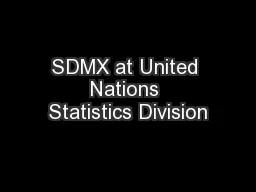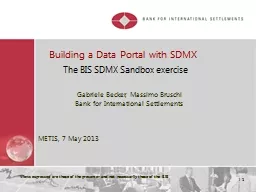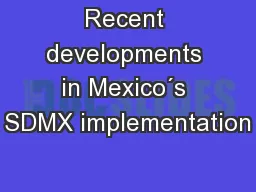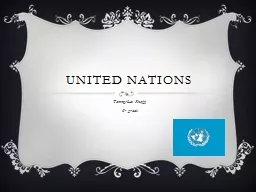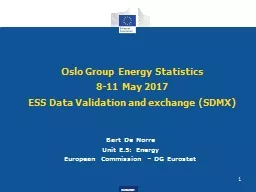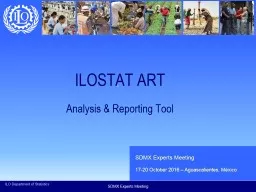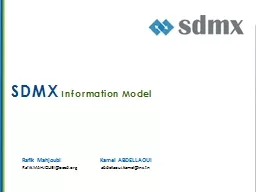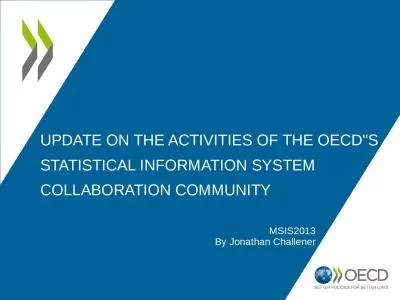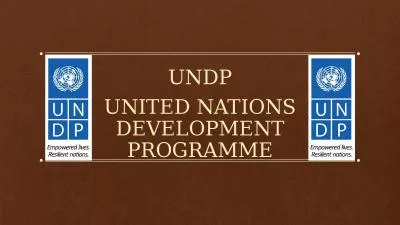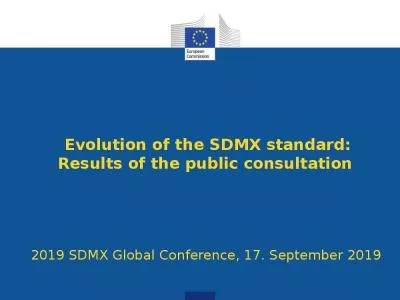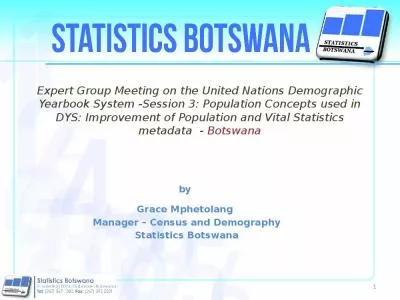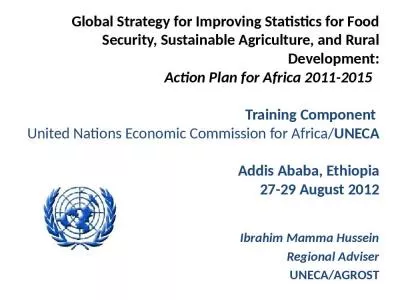PPT-SDMX at United Nations Statistics Division
Author : sherrill-nordquist | Published Date : 2016-09-18
Experience Challenges Strategies Background United Nations Statistics Division is an SDMX Sponsor agency Has used SDMX in its business processes since 2005 UN Comtrade
Presentation Embed Code
Download Presentation
Download Presentation The PPT/PDF document "SDMX at United Nations Statistics Divisi..." is the property of its rightful owner. Permission is granted to download and print the materials on this website for personal, non-commercial use only, and to display it on your personal computer provided you do not modify the materials and that you retain all copyright notices contained in the materials. By downloading content from our website, you accept the terms of this agreement.
SDMX at United Nations Statistics Division: Transcript
Download Rules Of Document
"SDMX at United Nations Statistics Division"The content belongs to its owner. You may download and print it for personal use, without modification, and keep all copyright notices. By downloading, you agree to these terms.
Related Documents

